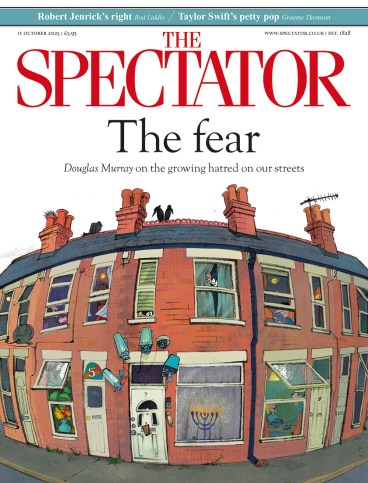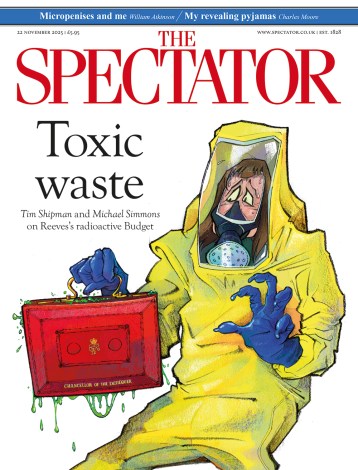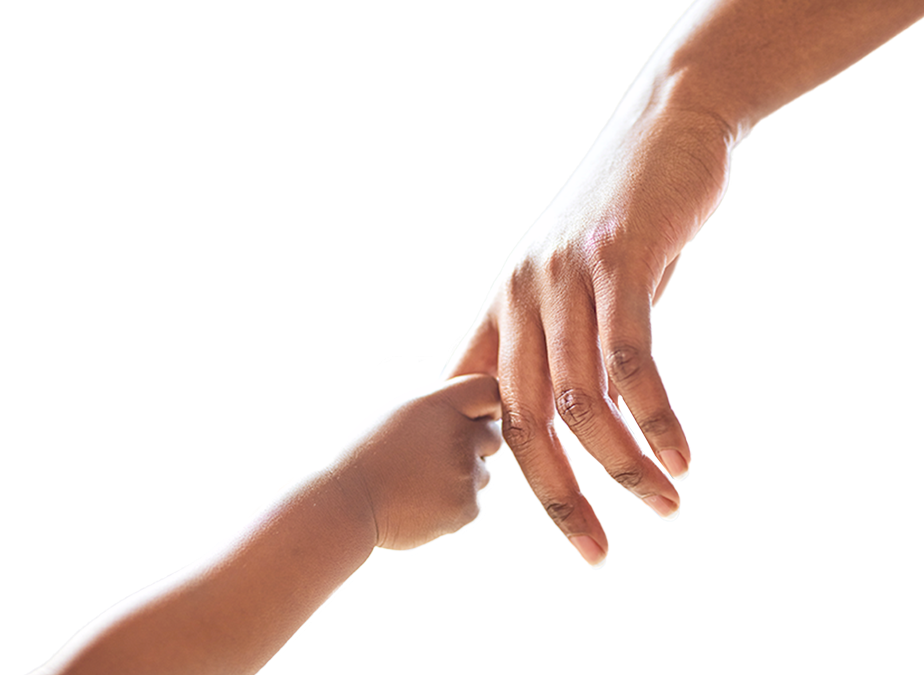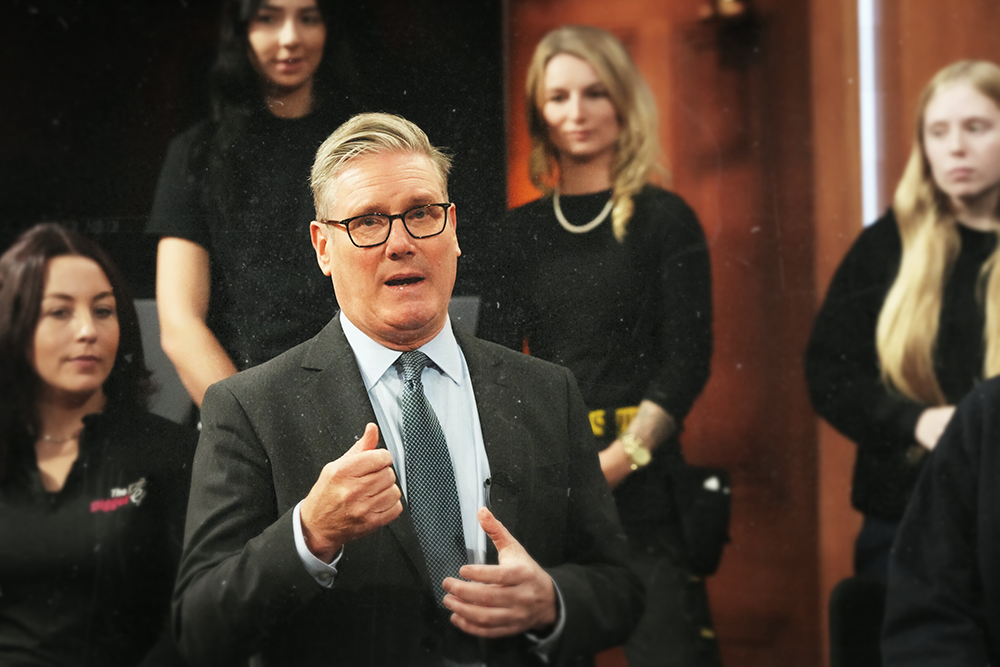
Scientists at the Oregon Health and Science University have created the beginnings of a baby using not human eggs, but skin cells. My reaction upon reading this news was to try to fold it up and tuck it away deep in some mental crevasse where I’d be sure never to see it again, because the implications are just too grim; the potential for suffering too much to bear.
What the lab has done is devise a way to persuade human skin cells to behave like sex cells (eggs and sperm) and to divide using not only mitosis, which replicates all 46 chromosomes, but meiosis, which results in just 23. Once they’ve discarded half their chromosomes, the skin cells can then be fertilised with sperm, just as if they were human eggs. The scientists created 82 potential little skin cell babies this way and seven survived, dividing and developing, dutifully becoming embryos.
A few days later, in accordance with embryo ethics, they were discarded and everyone involved proclaimed themselves satisfied, excited for the future. ‘We achieved something that was thought to be impossible,’ said Professor Shoukhrat Mitalipov. ‘Exciting proof of concept!’ said scientists around the world. According to the Economist, the future market for these skin cell eggs is so big and so potentially lucrative that already a great egg race has begun between different rival start-ups.
From one perspective this is exciting news. If you can’t conceive using your own eggs, Professor Mitalipov’s breakthrough means that one day you might still be able to have a biological baby of your own, however ancient you are, however unwell. It doesn’t have to be a skin cell you use to make your baby, as it happens: any cell will do. You could have a child born of your liver cells, or a pair of eyeball twins, why not? What it also means is that quite soon, and without any doubt, any two humans of the same biological sex will be able to make a baby out of their combined genetic material. Two men will be able to have their own genetic child, one of them donating a cell that cosplays as egg and is fertilised by the other’s sperm.
And what this means then is that we’re on the verge of eliminating motherhood, quite breezily and easily and without much thought. In a few decades there might well be a rising tide of motherless children. I don’t just feel sentimentally sad about this, I feel dread and grief.
From our very earliest days, humans have celebrated motherhood. The earliest known sculptures are ‘Venus figures’, often pregnant, all hips and breasts. The Venus of Hohle Fels, a pregnant female form carved from a mammoth tusk in Germany 40,000 odd years ago, is the oldest known work of human art. Think of the mothers in literature, in lullabies, in paintings, in films. Now imagine a child born of a skin cell becoming gradually aware of the mothers and the celebration of motherhood all around.
To create children who have never had a mother of any sort is to conjure Aldous Huxley’s Brave New World
‘Where’s my mother?’
‘You never had one.’
They say you can’t miss what you never had. I wish that were true. Samantha Weissing, an American woman who grew up with two decent fathers but no mother, has written: ‘I felt the loss. I felt the hole. As I grew, I tried to fill that hole with aunts, my dads’ lesbian friends and teachers. I remember asking my first-grade teacher if I could call her mom. I asked that question of any woman who showed me any amount of love and affection. It was instinctive. I craved a mother’s love even though I was well-loved.’
But at least children who grow up apart from their biological mothers can go in search of them. At least they have mothers to find. To create children who have never had a mother of any sort is to conjure Aldous Huxley’s Brave New World:
‘In brief,’ the Director summed up, ‘the parents were the father and the mother.’ The smut that was really science fell with a crash into the boys’ eye-avoiding silence. ‘Mother,’ he repeated loudly rubbing in the science; and, leaning back in his chair, ‘These,’ he said gravely, ‘are unpleasant facts; I know it. But then most historical facts are unpleasant.’
I recently heard a professor at LSE, Emily Jackson, speak about how rapidly embryo science is advancing. Professor Jackson had none of my qualms, but even she thought how strange it is that no one here or in America seems to realise the significance of what’s being cooked up in labs, and how very serious the ethical, cultural and legal implications are. ‘My claim would be that developmental biology is raising issues that are just as significant as AI,’ said Professor Jackson. ‘We need people to be thinking about this.’

Yes, we do. And I’ve been casting about trying to figure out who might best lead the way. It seems to me that it’s for Christians to fight this battle. Who cares more about motherhood than believers in a God who was born as a baby to a human mother? The Catholic Church, with Mary at its heart, should have spoken up at the first whisper of Professor Mitalipov’s success. But to date there’s been no stirring message from Pope Leo on the subject of babies born without mothers, or any comment from our Archbishop of Westminster. The Catholic Herald reported the story only as a ‘scientific breakthrough’.
So, perhaps just because she’s in the news right now, sharing the airwaves with the skin cell babies, I’ve unexpectedly, desperately, lit on the new Archbishop of Canterbury, Sarah Mullally, as my great hope. It’s a mistake to look for moral leadership from the muddled, anxious Church of England, I know, but Mullally is a former cancer nurse and she’s already spoken up against the assisted dying bill. She understands the speed with which a policy intended to benefit a suffering few can become a national tragedy. And more to the point, just as motherhood itself comes under threat, she will become the first mother ever to lead the C of E.








Comments